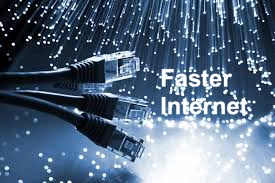Demand
Demand for faster, more reliable internet connectivity has never been higher for business users wanting to work remotely as if they were sat in the office. The reality for many rural businesses is that fibre broadband is not yet available and Ethernet leased circuits are expensive with long lead times. Companies are turning to 4G for both interim and longer term solutions, which creates opportunities for trusted suppliers.
Opportunity
Innovative companies are partnering with specialists to bundle solutions which include routers and devices as well as data SIMs on 30 day rolling contracts. The challenge for both customer and supplier is one of cost. You need to know in advance how much data you plan to use each month as overages are expensive, but what if they could be managed?










